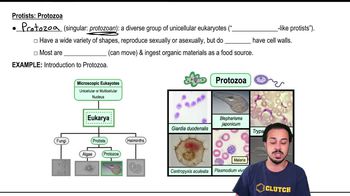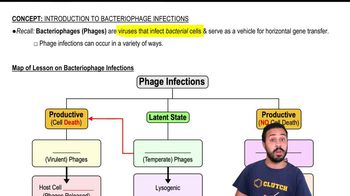Here are the essential concepts you must grasp in order to answer the question correctly.
Trichomonas vaginalis
Trichomonas vaginalis is a flagellated protozoan parasite responsible for the sexually transmitted infection known as trichomoniasis. It primarily infects the urogenital tract in humans and is known for causing symptoms such as itching, discharge, and discomfort. Understanding its life cycle and transmission routes is crucial for addressing the question.
Parasitic Protozoans
Parasitic protozoans are single-celled organisms that can live and reproduce within a host, often causing disease. They are classified under various groups, including flagellates, amoebae, and ciliates. Recognizing the characteristics and examples of these organisms helps in identifying the most common types affecting humans, particularly in different geographical contexts.
Recommended video:
Epidemiology of Infections
Epidemiology is the study of how diseases spread and are controlled within populations. It involves understanding factors such as prevalence, incidence, and risk factors associated with infections. In the context of Trichomonas vaginalis, knowing its prevalence in industrialized versus developing countries is essential for accurately assessing the statement's truthfulness.
Recommended video:
Map of Lesson on Bacteriophage Infections
 Verified step by step guidance
Verified step by step guidance Verified video answer for a similar problem:
Verified video answer for a similar problem:


 5:09m
5:09m